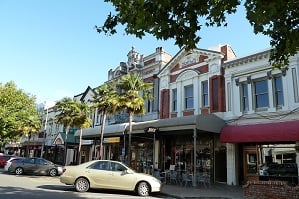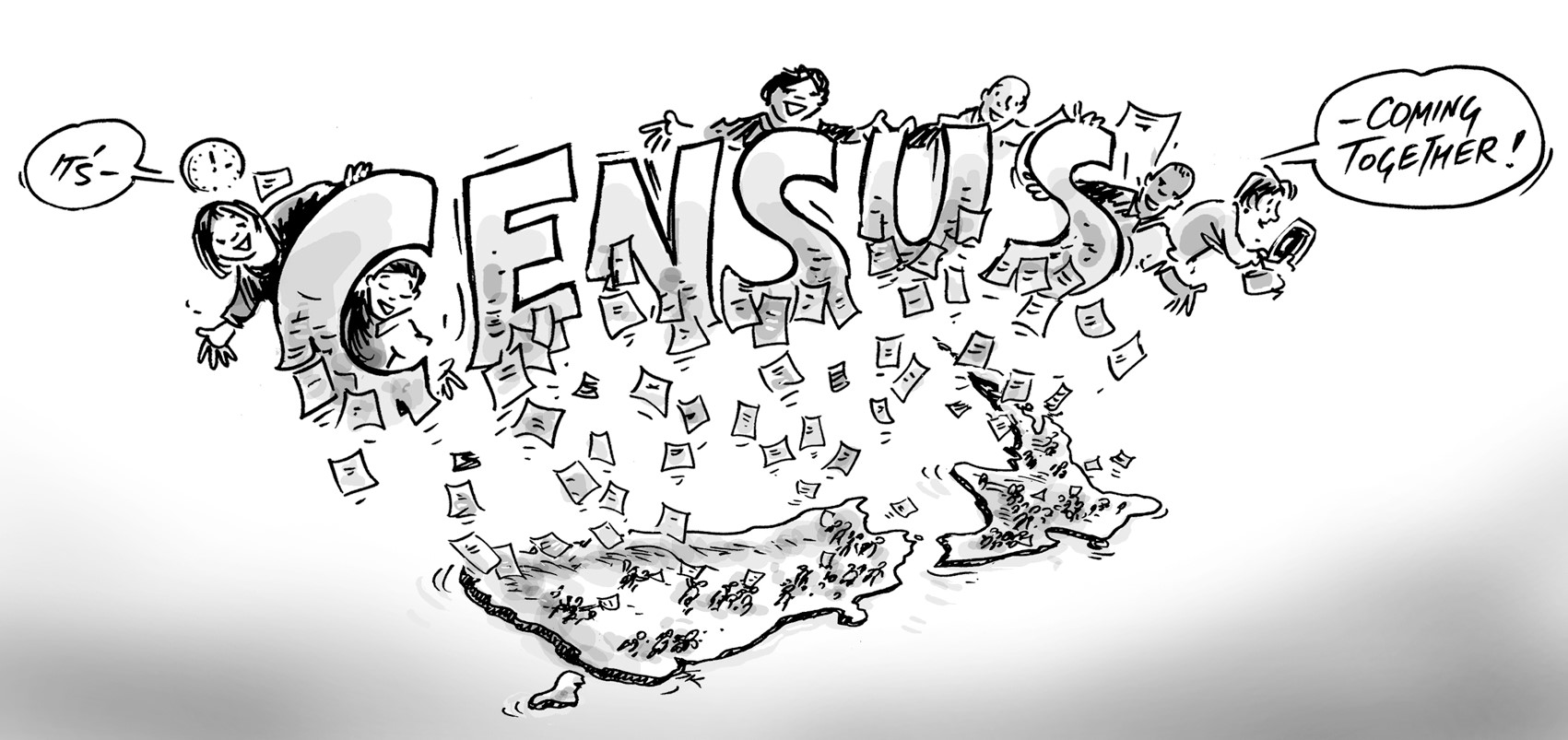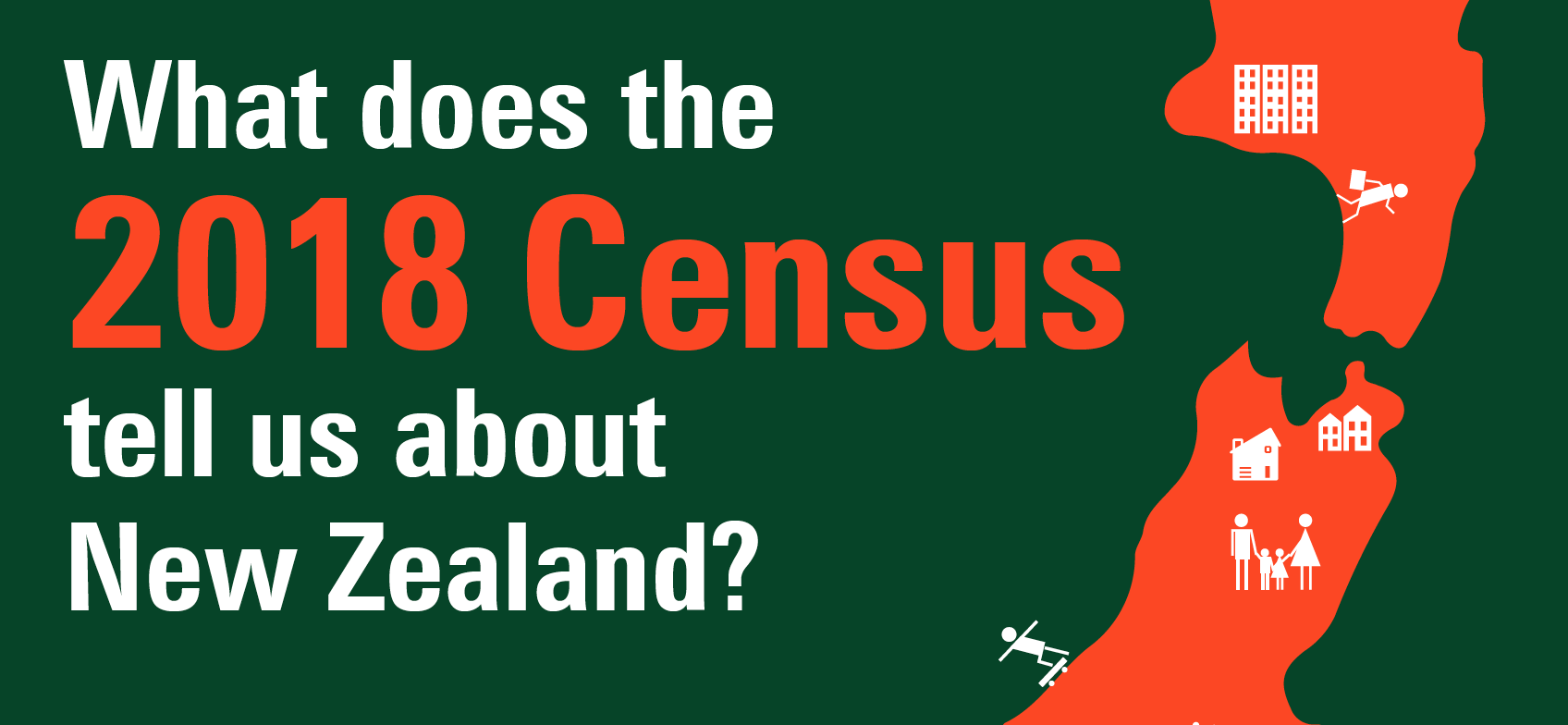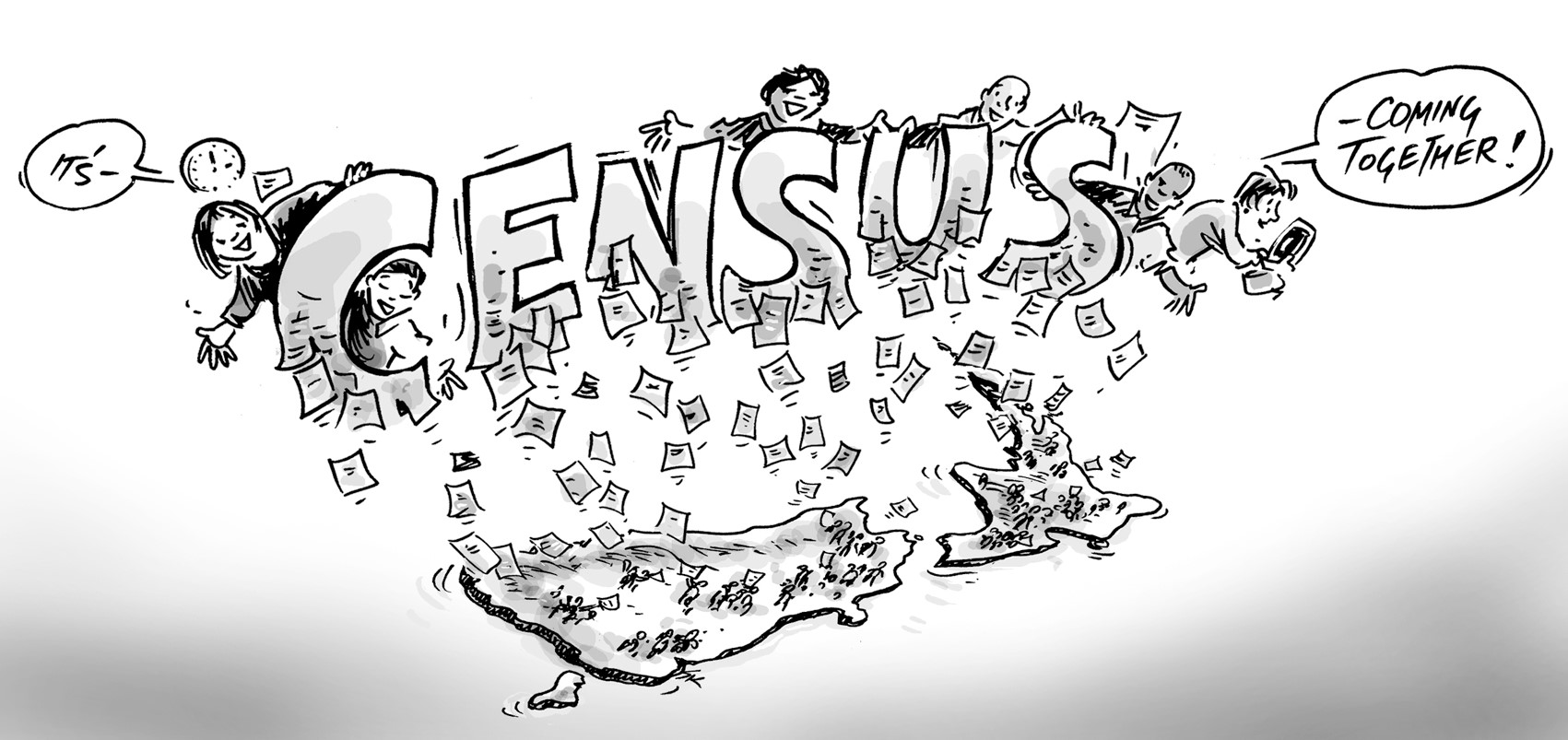A case study of the impacts of service delivery on population outcomes.
Wanganui District Council became the third New Zealand council to take on .id’s community profile, and I recently spent time in this soulful and very beautiful part of New Zealand training with staff and community groups. Wanganui District Council and the wider community were, at the time, grappling with a difficult issue. The District Health Board had proposed shifting some of Wanganui’s local Child and Maternal Health Care services to Palmerston North, some 45 minutes away. The local newspaper was running headlines on it, and it was the old story of centralisation versus local services.

The Wanganui community was not surprisingly up in arms with this proposal by the central government health department, which was suggested under the rationale of cost saving and quality of health care provision to a ‘smallish’ community – bear in mind the Wanganui District Council had a population of around 40,000 at the last census. Without talking to anyone at the Health Department, it’s difficult to know the actual reason behind this rationalisation but there are some important things to consider when downsizing services to small-medium size communities like Wanganui.
When you look at the age structure of the area, it reveals a community based on families. That is the role and function of Wanganui in the wider district. Bearing in mind that this information is census data and in now some 6 years old, the age structure does show that ageing is occurring. The youngest cohort of 0-4 year olds are decreasing in numbers, 65 -80 year olds are increasing in numbers. And fewer families are living in Wanganui – they are ageing in place or leaving and there is little in-migration of families either. You can explore this for yourself in the online Wanganui Community Profile.
Intuitively, this would suggest that some of funding for child and maternity services could be moved to age services. Shifting scarce resources from age groups in decline to age groups on the increase seems rational. What would the effect of this be? There are different schools of thought on this question, but I’d like to advocate for the Wanganui community in this way…
Any area that is in an apparent demographic transition—from young families, to mature families, to empty nesters, to old couples—as depicted in the demographic evidence for Wanganui, is on a path of change that necessitates a shift in the provision of services and facilities accordingly. You are unlikely to build new skate parks.
However, it is perhaps the case that when maternity and child-care services are taken away, schools closed and school sites redeveloped – then the future of the area is irrevocably affected. Families are less likely to move into the area and the demographic transition, which may have otherwise reversed itself, is reinforced and in fact dictated.
Timing is of the essence here. Places go through demographic cycles. While Wanganui is going through a cycle entering a phase of decline in family households – closing down family services is only going to exacerbate the decline in family households – not only speeding it up, but actually creating a self-fulfilling prophecy of Wanganui as a continuously ageing place. And now on a path of ageing, the role and function of Wanganui is fundamental changed from a traditional family place to an older persons place.
Wanganui’s community is concerned— as any community would be—that the loss of services of any type is the thin edge of the wedge – once one goes, what’s next? These thoughts are not unreasonable. There is a chicken and egg argument here… will the loss of local family services result in the loss of more families? Should a community that is going through a the demographic shift be supported through this process by maintaining local services even though they may not be as viable for a period before a process of demographic regeneration occurs? What will be the ultimate cost of this type of service withdrawal to the Wanganui community?
We publish topical demographic blogs twice a week covering all aspects of population change across Australia and New Zealand. You can sign up to receive these straight to your inbox. And please leave us a comment if there’s something you’d like us to blog about.










